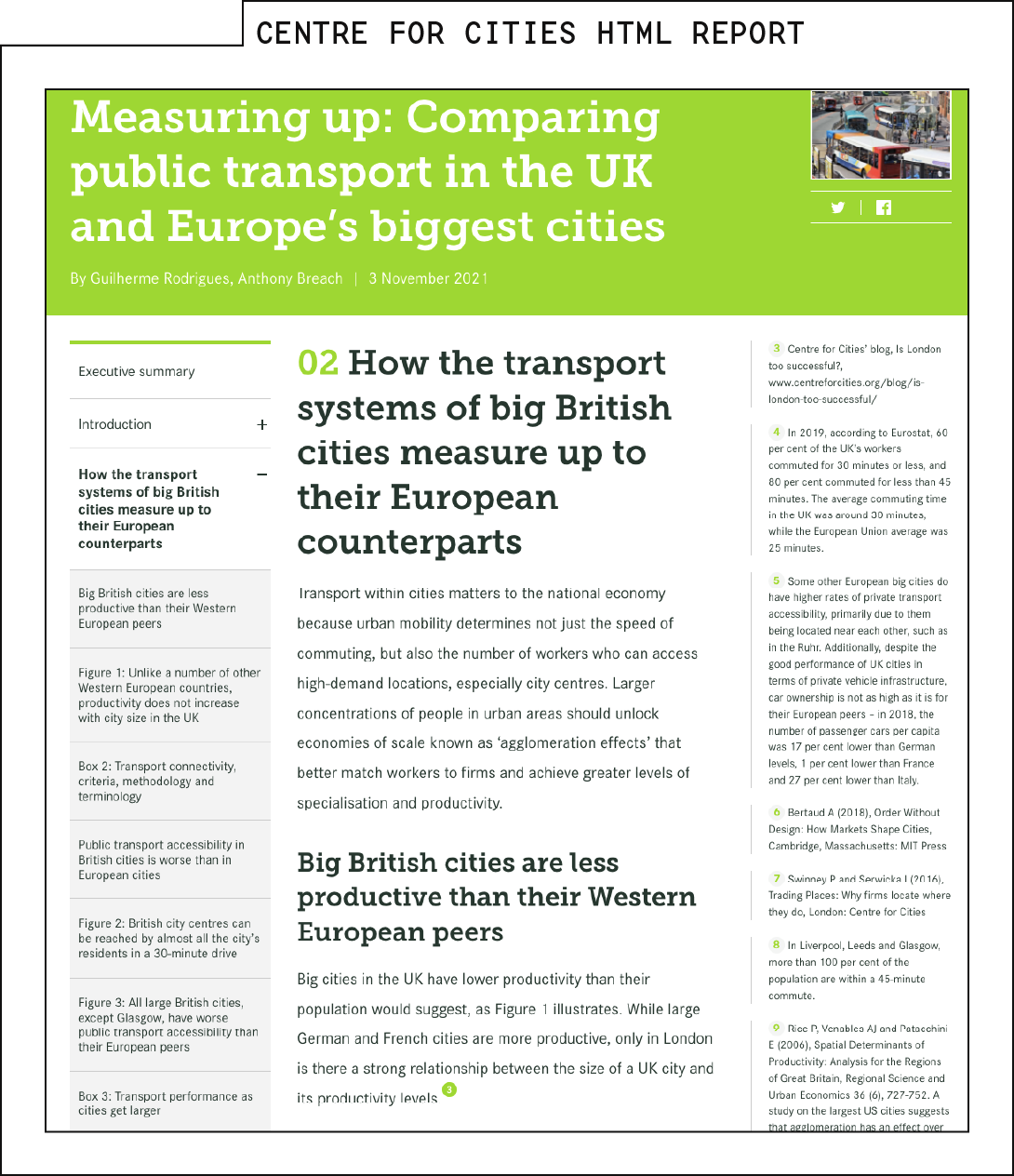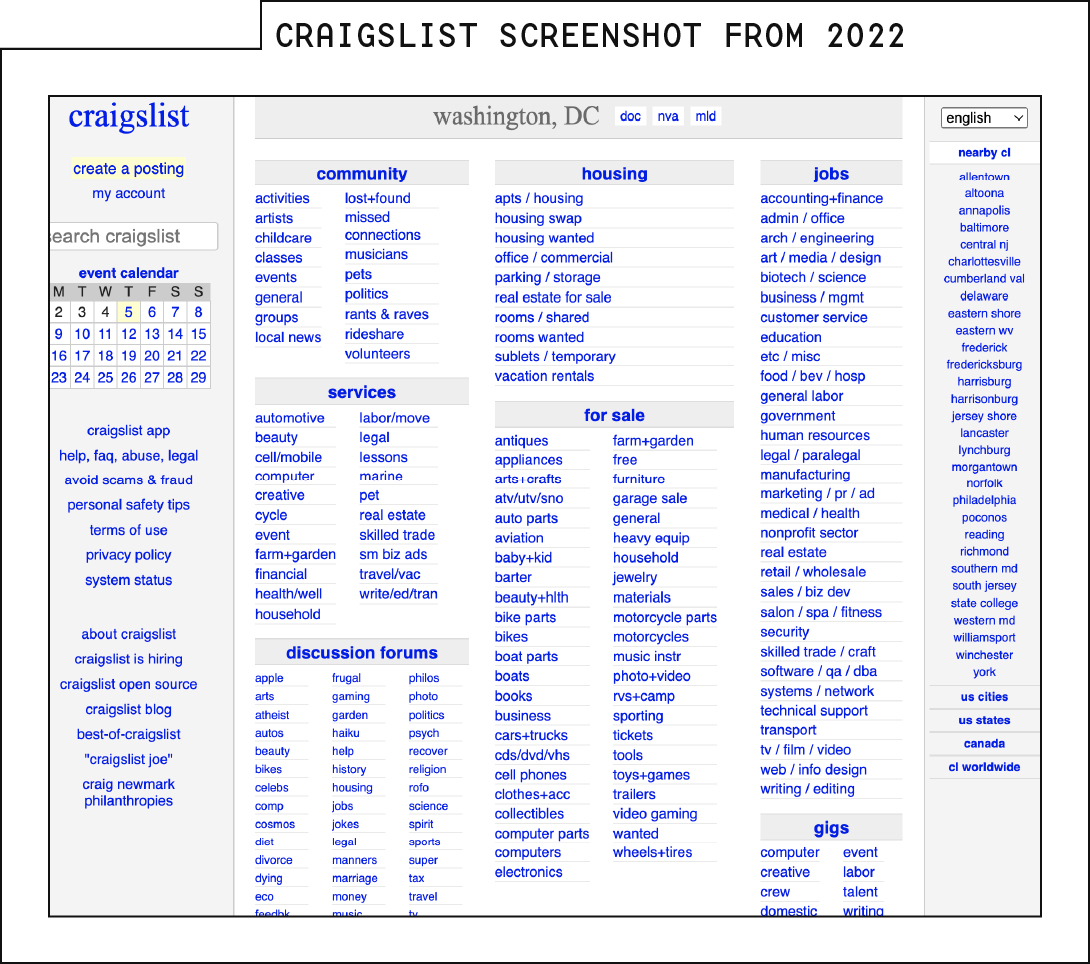Screens, Research and Hypertext
Powered by 🌱Roam GardenScreens, Research and Hypertext
Websites spend a lot of time and effort creating digital versions of print interfaces.
I wrote my very first college essay on a Mac Classic II. I needed two 3.5" floppy disks — one to hold a copy of the MacWrite II word processor and one to store the file. One of my first college bookstore purchases was a little plastic case for carrying around disks for programs and storage.
But not everything needed a program disk. HyperCard 2.0 debuted during that same freshman year. For you youngsters out there, HyperCard was a pre-World Wide Web version of hypertext. You could use it to build slide decks, choose-your-own-adventure games and interactive fiction.
Believe it or not, there was a whole world of hypertext applications years before the Web became the default way of creating links.
Indeed, there’s an argument to be made that — for all its ubiquity — the Web is a poor implementation of hypertext. Consider all of the ways that the web largely replicates the world of print.
A main reading area presents text in a largely linear fashion.
Some metadata—usually paratext—is arranged in the areas around the main text— in the margins to the left or right of the text, or in the header or footer areas above or below the text, respectively.
Navigation exists as a separate function, often labeled with the explicitly book-derived table of contents that often “floats” as the user scrolls down the screen.

The rise of mobile accelerated this trend. Gone are the days of three- or even four-column layouts, abandoned in favor of a single column of text with meta information that can stack above or below the text.

Here's George Landow (Links and emphasis added):
Much of hypertext today takes the form of passages of unlinked text surrounded by navigation links. Encountering these kinds of lexia, one receives the impression that the authors, who have dropped digitized versions of printed pages into an electronic environment, don't seem to grasp the defining qualities of hypermedia and use HTML chiefly as a text formatting system.
These days—thanks in large part to the WYSIWYG editor—even the HTML has been abstracted away. There's very little resembling hypertext. It's text formatting all the way down.
For more context
Hypertext is considerably older than the World Wide Web.
What to read next
Before the World Wide version of the web, there were other—smaller and arguably more thoughtful—webs.
Other items of interest
What is paratext?
People don't read websites the way they read print.
Documents—even electronic ones—blur the lines between what a thing looks like and what it means.
Referenced in
In Which I Wax Nostalgic About Graduate School
The chair and I moved into an old Masonic lodge that had been retrofitted into five living spaces. My ground floor unit was packed full of second- and third-hand furniture, though perhaps none of it quite so venerable as that chair. The only new thing in the entire place was a flat-packed desk, purchased from Walmart and holding the Mac Performa 6300 that I bought with a student loan.
A Brief History of Hypertext
Apple releases HyperCard for the Macintosh. It is the first widely-available application for producing hypermedia. The application utilized a database and a series of linked cards. Each card could hold various interactive elements, and cards could be linked to others in the same stack. Different stacks could also be linked to one another. Mac users put HyperCard to all sorts of uses, from creating PowerPoint-style slide decks to drafting novel video games. Myst—a groundbreaking game and one of the most successful of all time—was storyboarded in HyperCard. The result was one of the first games that allowed players to explore a world in many different orders.